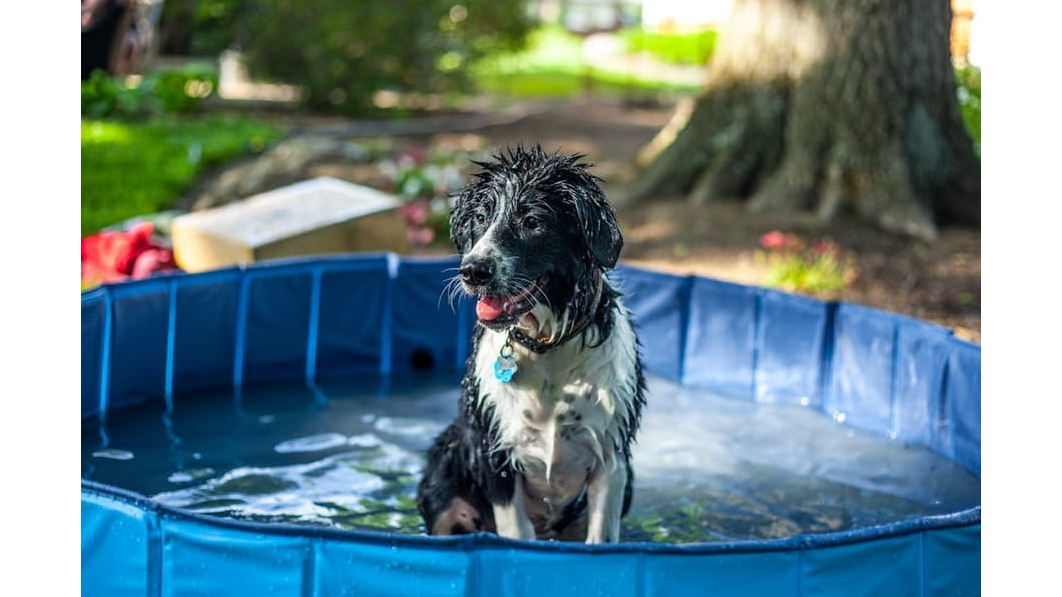Every dog is different—but how do you know if your pup needs daycare once a week or several times? Here’s what science (and seasoned pet pros) say about the ideal schedule for your furry friend.

Leaving your dog home alone all day can lead to more than just a bored pup. From separation anxiety to destructive behavior, the lack of mental and physical stimulation takes a toll—especially for high-energy breeds or social dogs that thrive on interaction. So, how often should your dog go to daycare?
According to the Journal of Veterinary Behavior, regular daycare attendance significantly reduces anxiety and aggression in dogs. Socialization in a structured, supervised setting helps pups develop essential communication skills and lowers stress, particularly when they're placed in well-matched groups. In fact, research published on PMC and PLOS ONE shows that enriched daycare environments also reduce physiological markers of stress, like elevated cortisol levels.
But more isn't always better.
Studies on environmental enrichment, such as one from ScienceDirect, suggest that daily stimulation without adequate rest can actually reduce learning outcomes in dogs. Like humans, dogs need a rhythm of active engagement and downtime to stay mentally balanced.
A 2016 study found that key factors like group size, staff-to-dog ratios, and structured activity schedules all affect canine stress levels and well-being in daycare settings. In short: it's not just how often your dog goes, but where they go that matters.
Some dogs thrive with 2-3 sessions a week, while others (especially seniors, puppies, or dogs with special needs) may benefit from shorter, less frequent visits. The team at South Ogden's Idlewire Pet Care recommends customizing daycare frequency to your dog's individual energy level, personality, and social comfort.
"Playgroups should be small—typically no more than seven dogs per yard—so that all sessions can be supervised closely to make sure each dog is thriving," says a representative at the facility.
Here are some cues to help you gauge your pup's ideal daycare rhythm:
For example, some doggie daycare programs run all day, giving dogs the chance to engage in group play, splash in kiddie pools (seasonally), or simply relax with caregivers in shaded rest areas. That kind of structured flexibility supports both active and mellow dogs.
Start with once a week and observe your dog's behavior before, during, and after
For adventurous pups, some facilities even offer off-site excursions. Like this Mountain Dog Adventure program, which brings small groups into the canyons or mountains for focused exercise and stimulation—ideal for dogs that crave more than backyard play.
If you're unsure how often your dog should attend daycare, many credible facilities can help you build a plan that suits your dog's temperament, age, and activity needs. The right frequency will keep them happy, healthy, and ready to nap hard when they get home.
